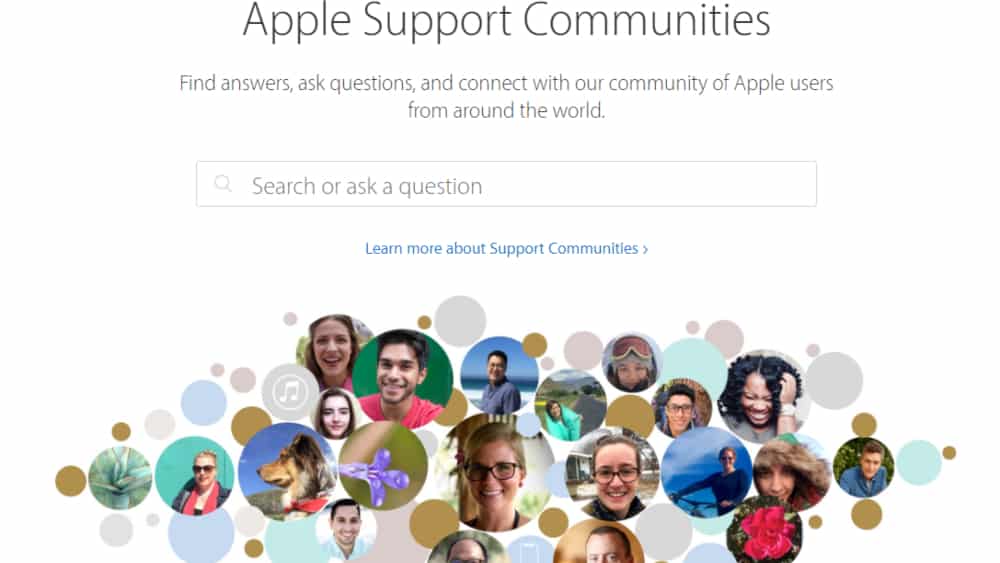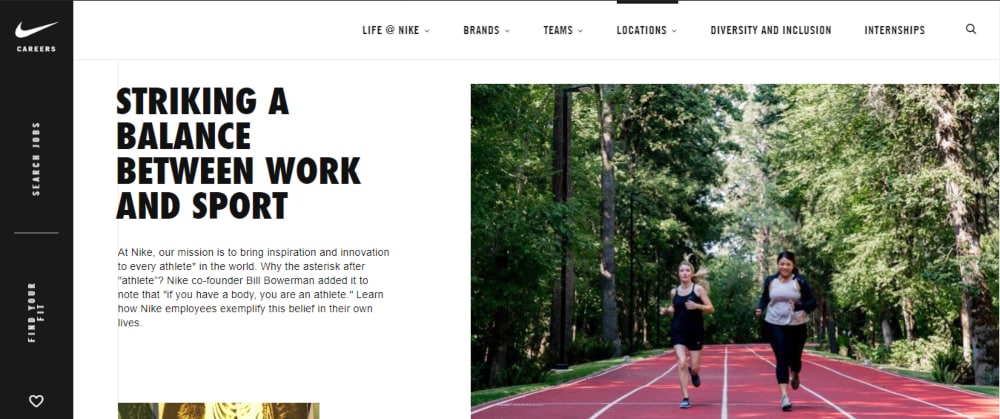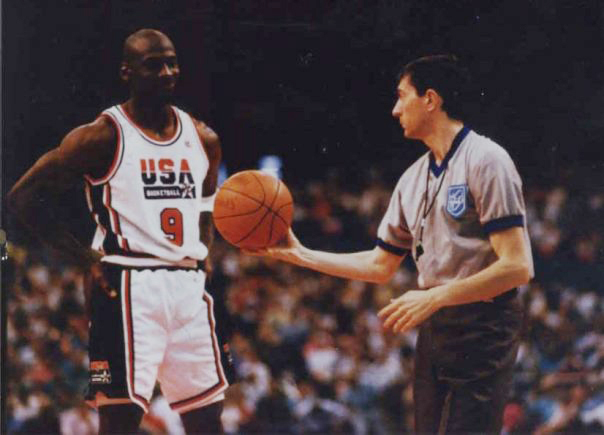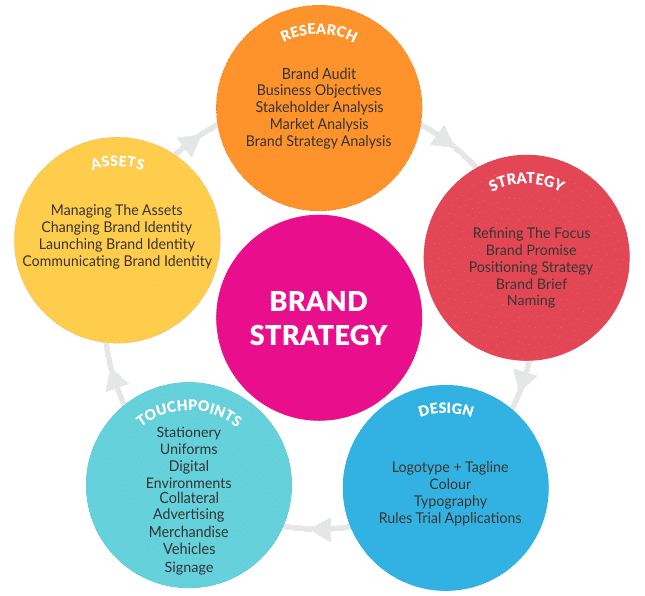This article has been contributed by Nico Prins.
A successful brand strategy is more than just deciding what shade of blue to use for the logo, or what tone to adopt when posting and commenting on Facebook.

As the term suggests, a brand strategy is a long-term plan that affects all facets of your business.
A brand strategy considers factors such as consumer demand, emotions and the competition. It’s arguably even more important than your company’s name.
If you remove your company’s logo and name, brand strategy might seem like it’s barely there. For the most successful brands, though, it pervades all aspects of the company’s operations, from high-level decision-making through to the shipping and handling of products.
If you are still confused about what really makes a brand, you’re not alone. This is why we’ve broken down the science of brand strategy into seven essential components. Take care of each component, and your brand will be around for a long time.
1. Purpose
While a name and a logo are important, they both pale in comparison to your brand purpose. This is what makes you and your employees wake up in the morning. It’s what keeps you going throughout the day. Your purpose is the one thing that sets you apart from your competitors.
There are two kinds of brand purpose:
- Functional: This focuses on success at the financial or commercial level. That is, to sell products, make money or provide value to your stakeholders
- Intentional: This has more to do with how your brand works and the why. In other words, its big ambitions and the larger role it plays
Microsoft, for example, defines its mission as “to empower every person and organization on the planet to achieve more”. Notice that it wants to play a role in every person’s success, whether that person is an investment banker on Wall Street or a community organizer in Soweto.
Microsoft’s choice of image is also very telling. It shows a tent pitched under the night sky, the Milky Way looming high in the background. The imagery is supposed to show that the company wants to extend its reach to the remotest corners of the planet and even to outer space. The tech giant is focusing on developing solutions that are accessible to everyone, like its cloud-based storage and application platforms.
When you define your brand’s purpose, remember that it should not just be about making money, unless you’re an investment firm, in which case it probably should. However, even then there should be something more that defines it. The thing that differentiates you from the competition.
It is imperative to keep your business’ purpose front of mind at all times, as it is what informs everything that the business does and every decision you make.
2. Emotion
Your brand’s purpose should be something that resonates with your customers. In other words, it should appeal to their emotions.
Customers don’t always make purchasing decisions based on what’s cheaper or what provides better value. Whatever your company sells or manufactures, chances are there are other companies with similar products, but with more features or at a lower cost.
Of course, providing value to your customers is important and you should strive to give them more of it. Your customers will develop a loyalty to your brand when you give them more for their dollar. But long-time customers can develop an emotional attachment to your brand for other reasons. This might be a positive post-sales experience, aesthetic value of your product, or the feeling of belonging to a community.
Apple users were once known as a small and tight-knit community, starting from the introduction of the Apple I. Even though the company has diversified its product line and more consumers choose Apple over other brands, there is still a mystique that surrounds Apple and Apple users. To use an Apple product means you put a premium on quality and you don’t put a price tag on the user experience.
They have built a brand that goes beyond the price point of their products. Tapping into emotions will help to both attract customers who are on the fence about your product and retain existing clients. Which leads us to the next component of your brand…
3. Customer Loyalty
If you’ve succeeded in building a customer base that loves your brand, your products, and what you stand for, you need to nurture that love and pay it back. This is where customer loyalty comes into play.
Customer loyalty is worth more to your company than all your endorsement deals combined. The people who constantly purchase your products and tell their friends about their experience with you act as ambassadors for your brands.
Recognizing loyal customers will help maintain their loyalty and keep them coming back for more. It doesn’t take much to recognize loyal customers. Something as simple as a personalized thank-you note can already mean a lot. You may also feature their business on your website (this is particularly applicable to B2Bs).
If you want to be a little extra, you can offer them membership to an exclusive club that provides rewards. Membership in loyalty programs grew by more than 1000% from 2014 to 2016, and 63% of customers will not commit to a brand that doesn’t have a loyalty program. If your brand doesn’t have one, you’re missing out on a lot of repeat business. Plus, all of those purchasing insights you get from a loyalty program.
Customer rewards will give both new and existing customers an idea of what they could expect if they stay loyal to your brand. Fostering brand loyalty shouldn’t be confined to just your customers, though. You should also strengthen brand awareness among those who work for you.
4. Employee Engagement
It’s important for your employees to feel like they’re part of your brand, not just cogs in a machine. If you involve them in deciding what your brand stands for, they are more likely to act according to branding, both online and offline.
Your employees should not just promote your brand, but also live up to what it stands for. This could include values like excellent customer service, diversity and a commitment to continuous improvement. Your employees should also reflect what you put out there. It doesn’t make sense if your social media accounts sound playful but your customer service representatives aren’t much fun to talk with!
Nike has taken steps to ensure that its employees live up to its brand name. The sprawling Nike corporate headquarters in Oregon boasts world-class sports facilities specifically for employees’ use. Many Nike workers bike to work instead of driving. The company provides employees with sports attire, including athletic shoes, which they are encouraged to wear to work.
Engaging your employees is a key way of building your brand. It is a clear sign that your company is striving to live up to the lofty targets it has set for itself. It also attracts and retains the best available talent. This in turn helps you to make more sales, develop better products and continue to grow.
5. Competitive Intelligence
In much the same way that knowledge of your brand makes it stronger, competitor knowledge is also a valuable source of insight. After all, you are often competing for the same customers by offering similar products. Watching what your competitors do and determining what works for them can help you make smarter decisions about what to do and what to avoid.
Image source: Wikimedia
As part of the 1992 USA men’s basketball “Dream Team”, Michael Jordan played with what has been called the greatest collection of athletes in history. Jordan used his experience at the Olympics to figure out his teammates’ weaknesses, defeating three of those teammates in the NBA finals following his return to basketball.
Observing your competitors, or even collaborating with them, will help you stay on top of where the market is heading. However, once you see what your rivals are doing, you have to craft your own strategy. You need to reinforce your unique selling proposition to set your brand apart from the rest.
Your brand purpose is unique. Whenever you make a move based on competitive intelligence, always have that purpose at the front and center of your strategy.
6. Consistency
The key to having a strong brand is being consistent in its application. This means making sure everything you do aligns. Let’s say you use a landing page software for a product you’re promoting. You have to ensure that whatever software you use, the colors, images and messaging are consistent with your brand.
If your corporate colors are blue and white, using teal and yellow on your landing page will at best confuse your potential customers. At worst, using the wrong color combinations will turn off your would-be buyers.
Image source: Wikimedia
IBM is one company that has been very consistent in its branding. Ever since the iconic 8-bar logo was introduced in 1972, the company also known as “Big Blue” – a nickname gained thanks to its ubiquitous blue computer boxes – has used it on all of its products, including servers, PCs and laptops.
IBM no longer produces personal computers and has shifted its core business to focusing on consulting and cloud computing. The logo, however, is still a symbol of the company’s reputation for stability, innovation and leadership. IBM fiercely guards against the unauthorized use of its logo, fearing that any misuse can lead to the company being associated with mediocrity and poor quality products.
Your company might not be as old or as famous as IBM. However, establishing a brand and sticking to its key elements will help you build a good reputation and a loyal customer base.
7. Flexibility
While consistency is one of the keys to establishing a successful brand strategy, a bit of flexibility never hurts either. This is particularly the case when you’re trying to enter new markets. While consistency sets the standard for your brand, flexibility allows you to adjust according to market demands and to distinguish your company from its competitors.
An effective brand identity is both identifiable and adaptable. As consumer preferences change, your brand must also keep up with the times. Otherwise, it runs the risk of becoming irrelevant.
A good example of a business not being flexible with its brand is Mattel. The toymaker, most famous for its Barbie line of fashion dolls, sued MCA Records and the band Aqua for copyright infringement in 2000 after the latter released a song titled “Barbie Girl.” The lawsuit was dismissed by a U.S. court in 2002, with the judge famously ruling, “The parties are advised to chill.”
The brand realized later, of course, that the lawsuit was ill-advised. In 2009, it featured a modified version of “Barbie Girl” in an advertising campaign to promote a new line of dolls. It seems both parties have, indeed, decided to “chill” and set their differences aside.
Bringing all the strands together
In this guide, we covered a couple of different elements of a brand strategy. I thought it would be nice to have it as a visual takeaway.
A brand strategy is something that every business should have, regardless of its size. There are numerous studies that show the link between a strong brand and good business results. Putting together a successful brand strategy requires a mix of introspection, knowledge of the competition and the guts to try out new things.
When you do brand strategy well, you can take your business further than you’ve ever imagined. Be sure to cover all of the brand components we discussed today, and you won’t miss out on any opportunities to grow your business.
_
About the author: Nico is an online marketer and the founder of Launch Space. He helps companies develop their digital marketing strategies and make money blogging.








